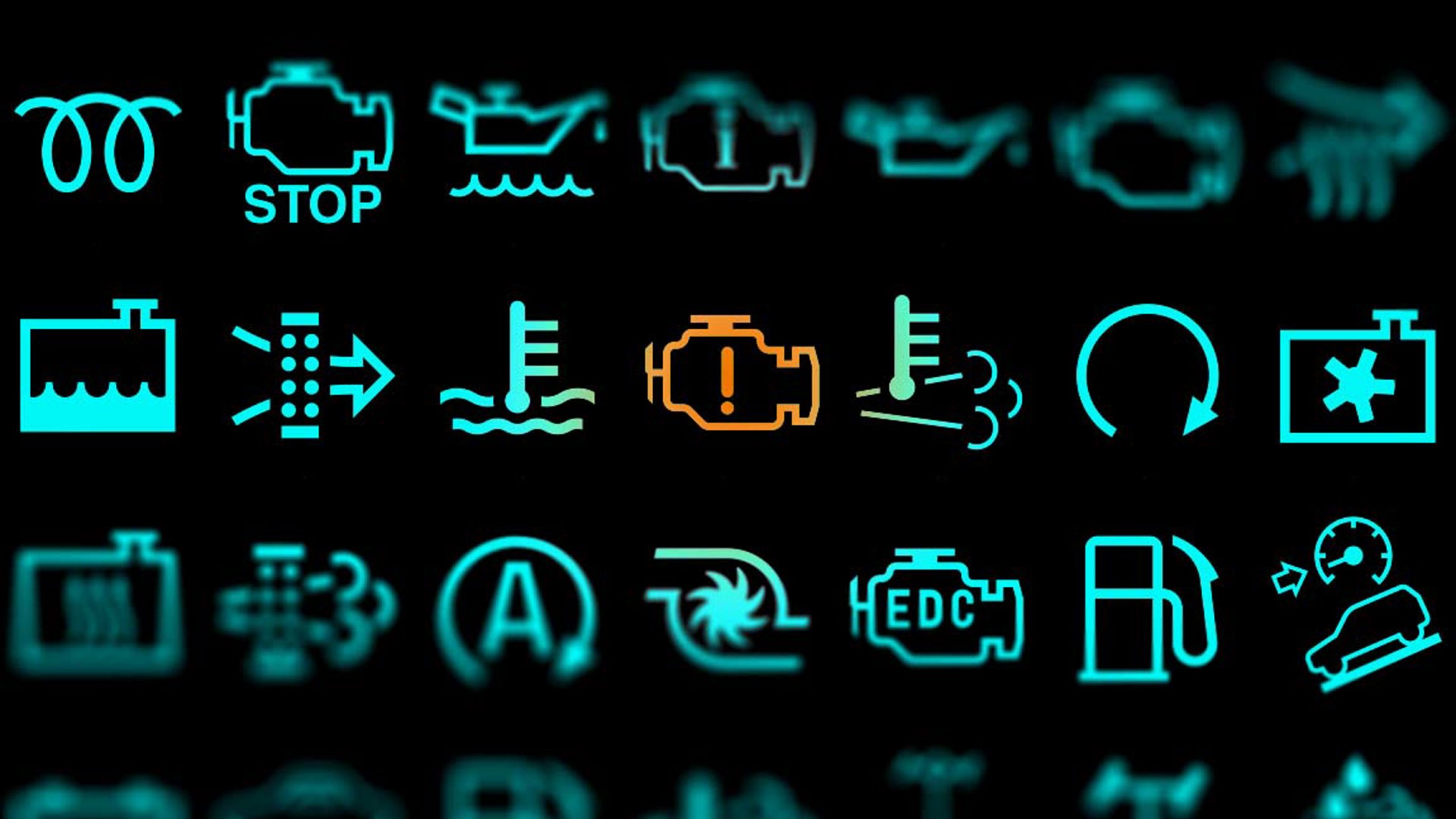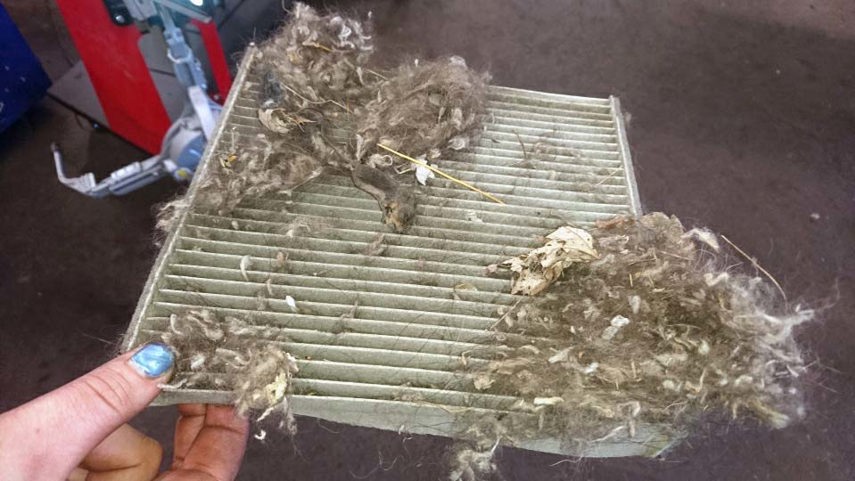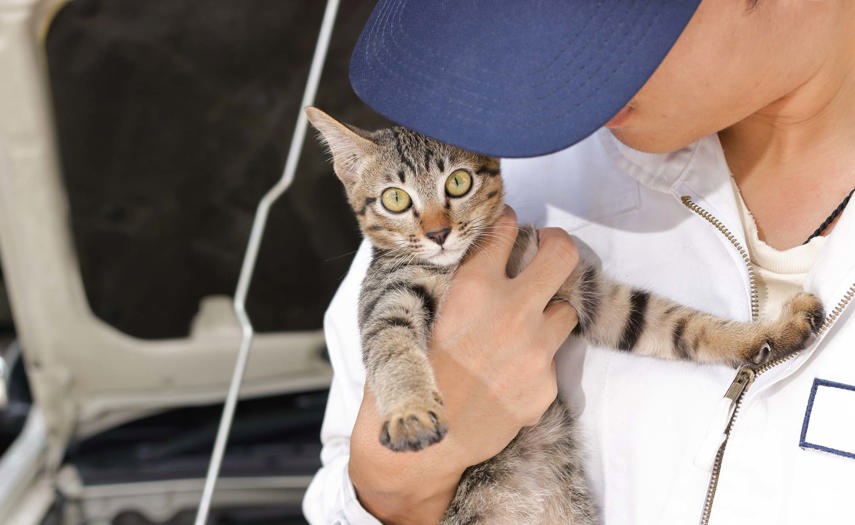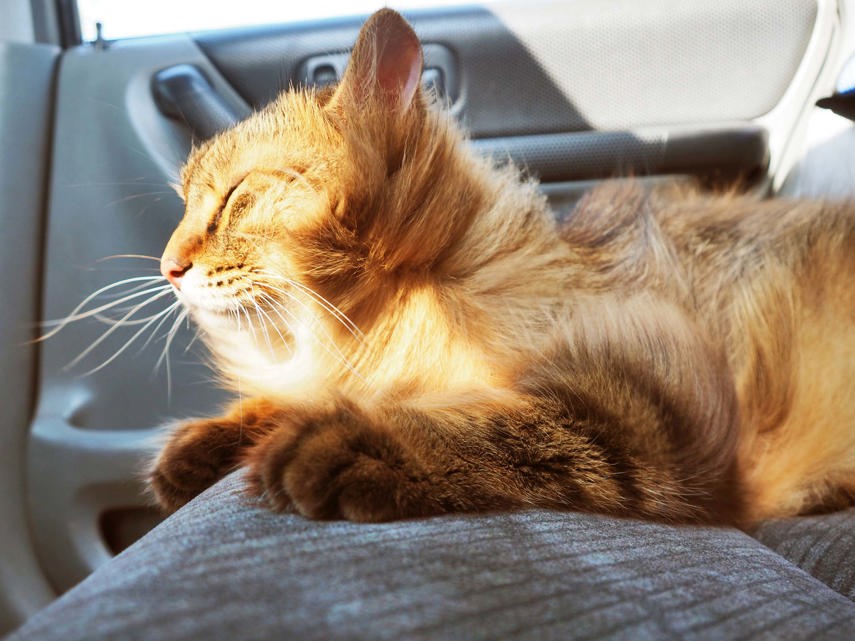Welcome to Lesson Learned (formerly Mechanically Declined), our monthly dip into the world of automotive cluelessness, fearing for the worst, and stories about the need for drivers and shoppers to understand their vehicle, how to maintain it, and how it works.
Today’s story illustrates an interesting tidbit about maintaining a hybrid vehicle and reinforces the importance of reading your owner’s manual maintenance section to prevent potential stress and headaches.
We’ll set things up with a quick primer on hybrid vehicles.
A hybrid car uses a conventional gasoline engine that’s connected to a motor / generator assembly. As you drive around, that motor / generator assembly creates electricity that’s stored in an on-board battery. That electricity is used, when required, to help drive the car, reducing fuel usage. The battery in many hybrid cars is located behind or beneath the rear seats or in the floor of the cargo area.
Our story begins with the owner of a hybrid car who detected some unusual operation from the vehicle, so they visited the dealership to have it investigated.
Lori Boerio is the service manager at that dealership, which is located in Northern Ontario.
“The customer made an appointment to have their hybrid system checked out in light of some issues they began experiencing a few weeks earlier,” she explains.
The customer’s hybrid had started to perform poorly. Over the span of a few weeks, they’d noticed decreased performance, a reduction in fuel efficiency, and the tendency for the gasoline engine to run more often than usual, among other concerns.

At some point, the instrument cluster lit up multiple warning lights and messages, some referencing a problem with the hybrid battery.
The customer had feared the worst, partially given the age and mileage of this well-used hybrid: could their hybrid battery be failing? Were they at risk of a major repair bill?
After all, batteries do have a lifespan, and while reports of failed batteries in hybrid cars are rare against total sales volumes, it is still a possibility. Replacing the battery in a hybrid car in the unlikely event of failure can be expensive.
Boerio’s staff assessed the vehicle.
“We quickly found evidence of a problem with battery temperature control. This allowed us to quickly pinpoint the issue and quickly alleviate the customer’s concerns,” she says.
Turns out that this hybrid (and likely, most hybrids) use a fan to manipulate air flow through the battery pack, which helps regulate the temperature of the battery. An air filter is used to help prevent debris and dust from being sucked into the fan and the battery.
Like all air filters, the hybrid battery fan filter eventually becomes clogged with debris, partially or completely blocking air flow into the battery pack. This makes it difficult for the vehicle to control the temperature of the battery – and that’s exactly why the owner’s manual has specific instructions for regular inspection and care for this component.
The customer had not read their owner’s manual, however.

“Hybrid vehicles use various means to control the temperature of their traction batteries, to help improve performance and efficiency, as well as to help maintain the health of the battery itself,” Boerio explains.
“If the battery temperature exceeds a safe limit, the vehicle responds in various ways to help protect it from damage. Warnings, faults, and poor performance are not uncommon. It’s all intended to get the owner to have the vehicle in for an assessment.”
After that quick assessment, Boerio’s staff advised the client that they’d need to access the battery cooling fan and filter, clean things up, replace the filter, and possibly clean debris from the battery pack itself.
The procedure would cost a few hundred dollars and the customer approved the work, happy that they were not, in fact, facing a battery replacement bill running into the thousands.
After removing a small piece of interior trim and the cushions of the rear seat, the battery fan and filter were exposed – and so was the problem: a large ball of animal hair impregnated with dirt and dust had totally blocked the air filter. This obstruction indirectly caused the clogged filter to deform slightly within its opening, and allowed more hair and dirt to get sucked into the fan. More dirt and hair were found in the battery pack itself.
“So, the battery was overheating and suffocating. Imagine being locked into a sauna with no air flow. The mass of debris was substantial – it reminded me of cleaning out the dirt cup of an overfilled vacuum cleaner,” Boerio explained.
Result? The customer’s hybrid battery and cooling system underwent some serious cleaning with an air nozzle and the air filter was replaced. Now able to control its temperature once more, the customer left with a properly functioning hybrid system.
“We followed up with the customer a few weeks later, and he advised that his car was running perfectly,” Boerio adds.
Two noteworthy factors contributed to the problem.

First, the customer had bought this hybrid used from a private seller about a year earlier. It’s unclear when, or even if, the battery fan and filter had ever been serviced before.
Second, and more significantly, is the way the vehicle was commonly being used: as a second car for the customer’s family, and regularly, by his daughter, an avid animal lover who often volunteers her weekends to help several animal shelters in the area.
As a result, the vehicle was used regularly to transport dozens of shelter pets, mostly cats, between veterinarians, foster families, and other shelters in the area, with no shortage of driving on dirt roads.
“So, we’ve got an air filter being exposed to tremendous amounts of dog and cat pet hair, and tremendous amounts of dirt and dust, too,” Boerio explains.
“Either of these is a good reason to service the filter more regularly than outlined in the owner’s manual. We showed the customer how to check the filter at home, and advised that he inspect it himself, every other week, if the vehicle was to be continually used in this manner.”
So what’s the Lesson Learned? Regularly check your hybrid battery’s air filter and if you’re transporting some furry passengers, you might want to do this more often.




